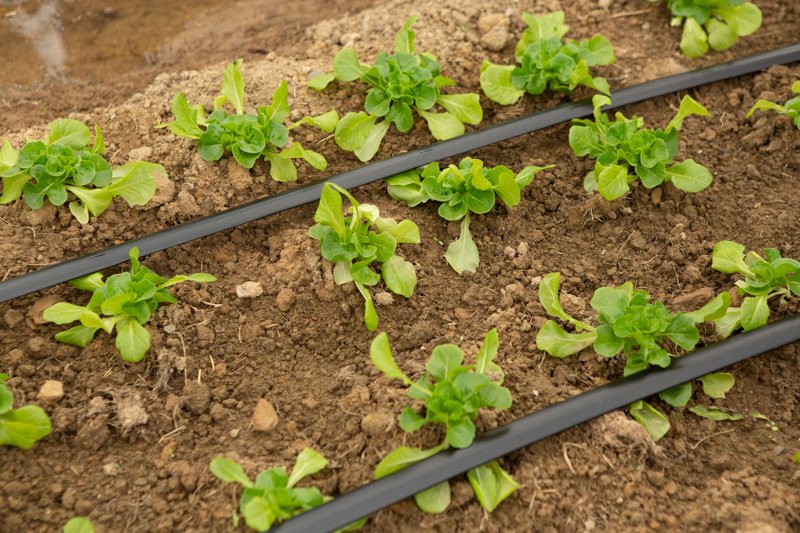Creating Effective Garden Irrigation
Proper irrigation is essential for maintaining a lush and healthy garden. It ensures that your plants receive the right amount of water, avoiding both overwatering and underwatering. Before setting up an irrigation system, it's important to understand your garden's watering requirements. Consider factors such as the types of plants you have, soil type, local climate, and sun exposure. This information will help you determine the frequency and duration of irrigation needed.
There are several irrigation systems available, each with its own advantages and suitable applications. Consider the following options:
Drip Irrigation: Ideal for individual plants, pots, or garden beds. It provides precise watering directly to the plant roots, minimizing water waste.
Sprinkler Systems: Suitable for larger areas, lawns, and vegetable gardens. They distribute water through sprinkler heads, covering a wider area. Choose between oscillating, impact, or rotor sprinklers based on your garden's needs.
Soaker Hoses: These porous hoses release water directly into the soil, minimizing evaporation. They are great for garden beds and vegetable patches.
Plan Your Irrigation Layout: Before installing your chosen system, create a layout plan to ensure effective coverage. Measure your garden's dimensions, including plants, trees, and structures. Consider water pressure, terrain, and the location of your water source. Divide your garden into zones based on plant types and watering requirements.
Install and Maintain Your Irrigation System: Follow the manufacturer's instructions to install your chosen irrigation system (it’ll save you in the long run). Place sprinklers, drippers, or soaker hoses strategically within each zone to ensure even water distribution. Regularly inspect your system for leaks, clogs, or misaligned components. Clean or replace any faulty parts as soon as possible.
Efficient water usage is crucial for sustainability. Implement these techniques to conserve water:
Mulching: Apply a layer of organic mulch around your plants to reduce evaporation,
retain moisture, and suppress weed growth.
Watering Schedule: Water your garden during the early morning or late afternoon when
evaporation rates are lower. Try to avoid watering on windy days to minimize water loss.
Rainwater Harvesting: Set up a rain barrel or collect rainwater from downspouts for
later use in your garden. This reduces reliance on the main water supply. It also makes you feel like a fairy.
Smart Irrigation Controllers: Consider using weather-based or soil moisture sensor
controllers that automatically adjust watering schedules based on current conditions.
Creating good irrigation in your garden is crucial for promoting healthy plant growth while conserving water. By evaluating your garden's watering needs, choosing the right irrigation system, planning an effective layout, and incorporating water-saving techniques, you can establish an efficient and thriving garden. Happy Watering!




